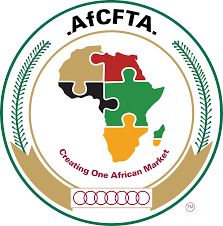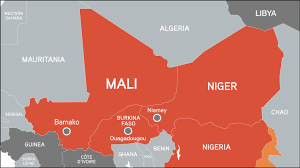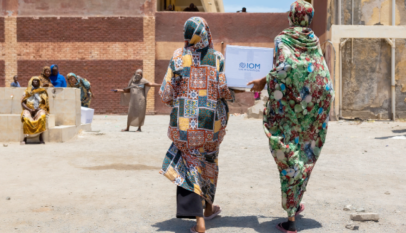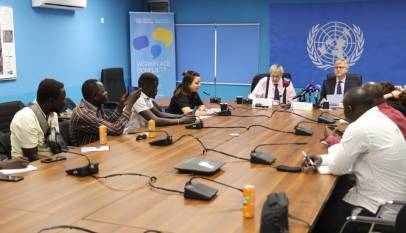Five Years Later, is AfCFTA already Failing?
The African Continental Free Trade Area (AfCFTA) agreement came into force in 2019 to create a unified continental market of 1.3 billion people valued at US$ 3.4 trillion, yet, implementation remains slow with the elimination of tariffs on 90% of goods not expected until 2034.
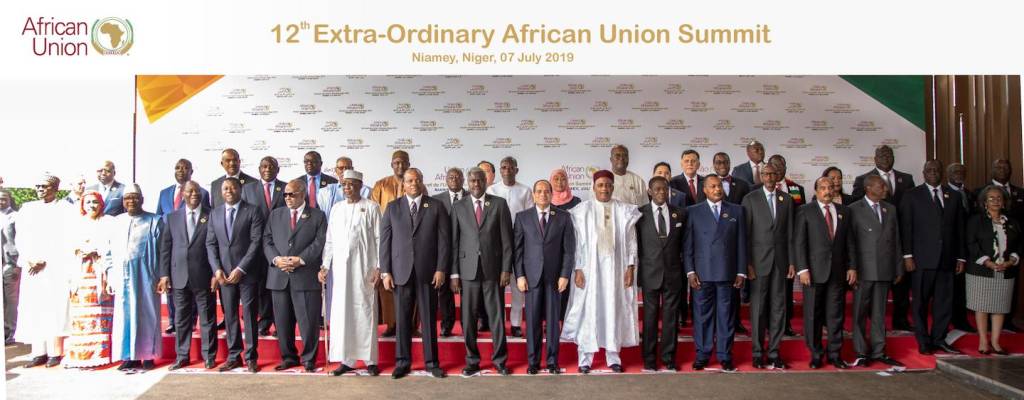
AfCFTA: An Ambitious Project Hindered by Many Obstacles
Signed on May 30, 2019, the African Continental Free Trade Area (AfCFTA) agreement was intended to revolutionize trade across Africa by creating a unified market of 1.3 billion people and generating an additional $450 billion in revenue by 2035.
However, five years later, implementation remains slow. Only 46 out of 55 countries have ratified the agreement, and the elimination of tariffs on 90% of goods is not expected until 2034.
Although some trade has taken place under this framework—such as exports from Ghanaian and South African companies in 2023—these transactions remain marginal. Structural, logistical, and political challenges continue to hinder the growth of intra-African trade.
Development Inequalities Overlooked
According to Africa Kiiza, trade policy analyst and author of the report “Assessing Five Years of the African Continental Free Trade Area (AfCFTA): Proposals on Potential Amendments”, the AfCFTA is based on an overly simplistic assumption.
“The idea that liberalization and tariff removal will automatically increase trade is flawed. We must first overcome production-related challenges to truly facilitate exchanges. Even when goods are produced, their transportation remains a major challenge. “We have only 0.1% of intra-African rail connections. Without adequate infrastructure, it is impossible to streamline trade,” Kiiza points out.
Another issue is the disparity in economic development among countries. “Burundi is expected to open 97% of its market, the same as Nigeria, whose economy is worth $700 billion. That simply makes no sense.” Kiiza argues that commitments must be adapted to each country’s economic realities to prevent further deepening inequalities.
Integration Hindered by External Agreements
Beyond infrastructure gaps, another major obstacle to the AfCFTA’s implementation is the trade strategy of African nations themselves. “In 2018, member states agreed that no country should sign a free trade agreement with a third party before fully implementing the AfCFTA,” Kiiza recalls.
However, in practice, many countries continue to prioritize trade with external powers such as the United Kingdom, the United States, and the United Arab Emirates. “We must first ensure that regional economic blocs function properly before further opening our markets to external players,” the analyst insists.
Poor Connectivity Slows Down Trade
Intra-African trade also suffers from connectivity issues. “98% of maritime shipping lines serving Africa are owned by foreign companies,” Kiiza highlights. This dependency has direct consequences on trade efficiency.
One striking example illustrates the problem: “A shipment from Kenya, under the AfCFTA framework, had to transit through Singapore and Dubai before reaching Tema in Ghana. As a result, some intra-African shipments take up to six months to be delivered.”
Kiiza estimates that it will take “at least ten years” to develop the necessary infrastructure. However, for this to happen, African governments must commit to greater investments. “This must be a political priority, supported by resources from national budgets and dedicated financing.”
An Uncertain Future Despite Strong Potential
The AfCFTA remains an ambitious initiative that could transform African trade. However, its success will depend on the ability of states to tackle structural challenges and prioritize regional integration.
“Without solid infrastructure, a coherent trade policy, and strong government commitment, the AfCFTA risks remaining an unfulfilled promise rather than a true driver of Africa’s economic growth,” concludes Africa Kiiza.
This article originally appeared on Africa News

